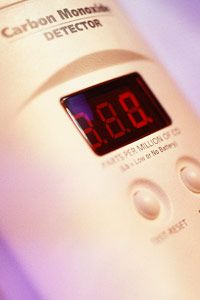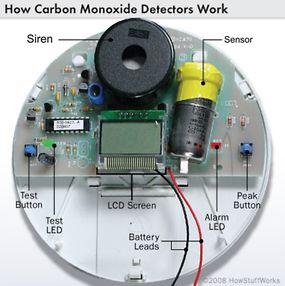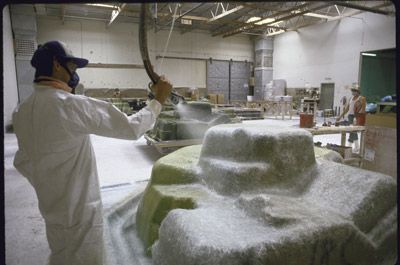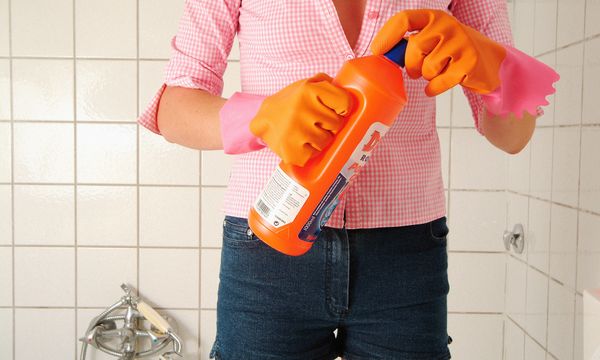Key Takeaways
- Carbon monoxide (CO) detectors are essential safety devices in homes that alert occupants to the presence of CO, a colorless, tasteless and odorless gas that can be lethal.
- These detectors utilize various sensor technologies to detect CO levels and trigger alarms when dangerous concentrations are reached.
- The effectiveness of a CO detector depends on its proper installation and maintenance, including regular testing and sensor replacement as recommended by the manufacturer.
Known as "the silent killer," carbon monoxide (CO) is a colorless, tasteless, odorless gas that comes from the incomplete burning of fuel. Just about anything you might burn in or around your home — whether it's gasoline, wood, coal, propane, natural gas or oil — can produce carbon monoxide in the right conditions. Without enough ventilation, the gas can build up to deadly levels. And it doesn't take much fuel to be dangerous: Even small tools like chainsaws can release enough CO to make you sick.
Carbon monoxide enters red blood cells, quickly taking the place of the oxygen your body needs. Your blood then carries the CO to your organs. If you inhale small amounts of CO over a long period, the exposure might not be fatal, but it can cause permanent damage to the brain, lungs and heart. Moderate levels of CO exposure can cause burning eyes, nausea, vomiting, dizziness, severe headaches, breathing difficulties and confusion. These symptoms are easily mistaken for other common illnesses, like food poisoning or the flu. If carbon monoxide begins to fill a home while people are sleeping, the exposure can be fatal before anyone realizes something is wrong. Infants, the elderly and people with respiratory and circulatory illnesses are at an increased risk of fatal CO poisoning.
Advertisement
You can reduce your risk of carbon monoxide poisoning by keeping your fuel-burning appliances well maintained and using combustible fuels only in well ventilated areas. Another important step is installing a carbon monoxide detector in your home. In this article, we'll take a look at how carbon monoxide detectors sense and respond to this deadly gas as well as what to look for when you're shopping for one.
Advertisement





